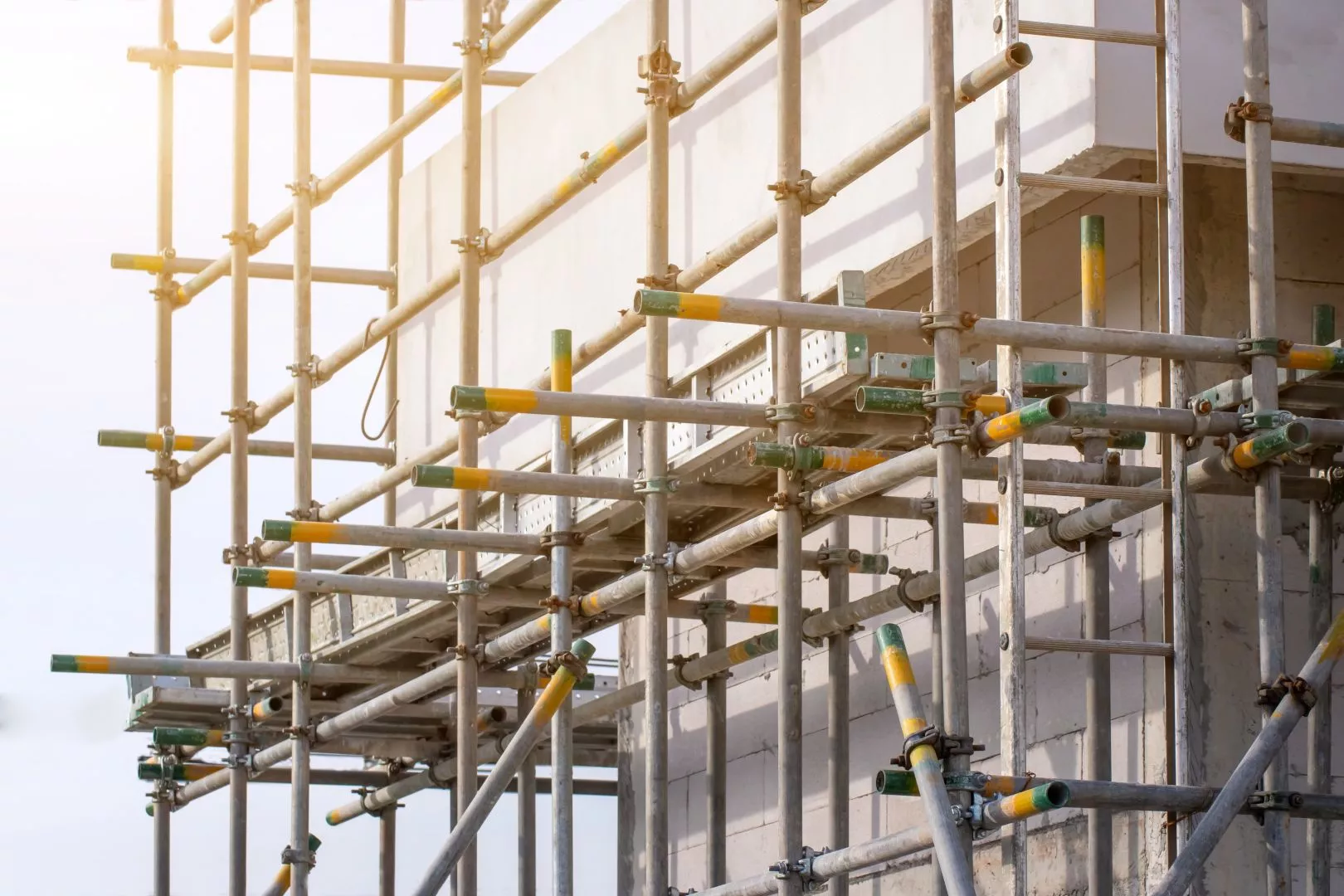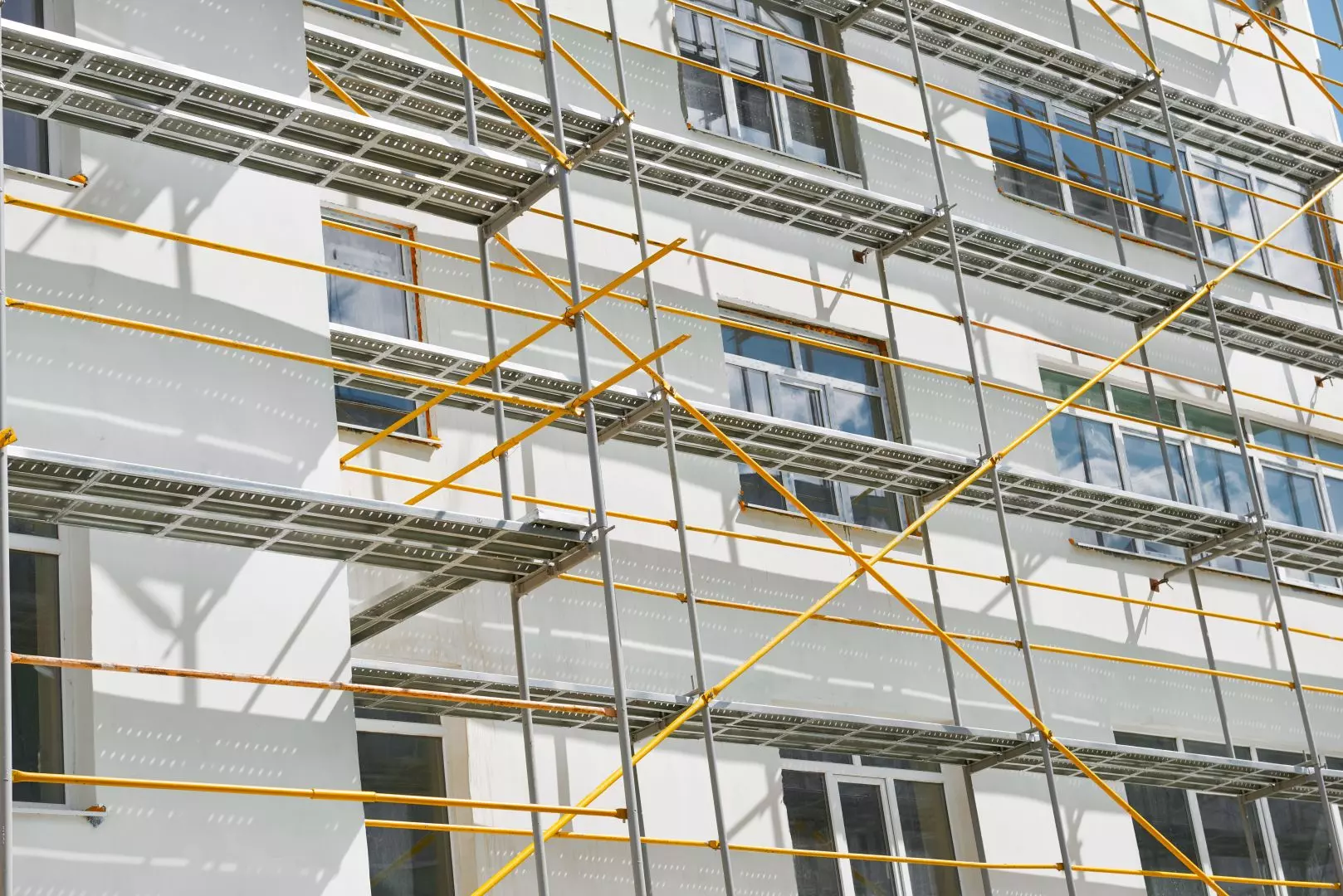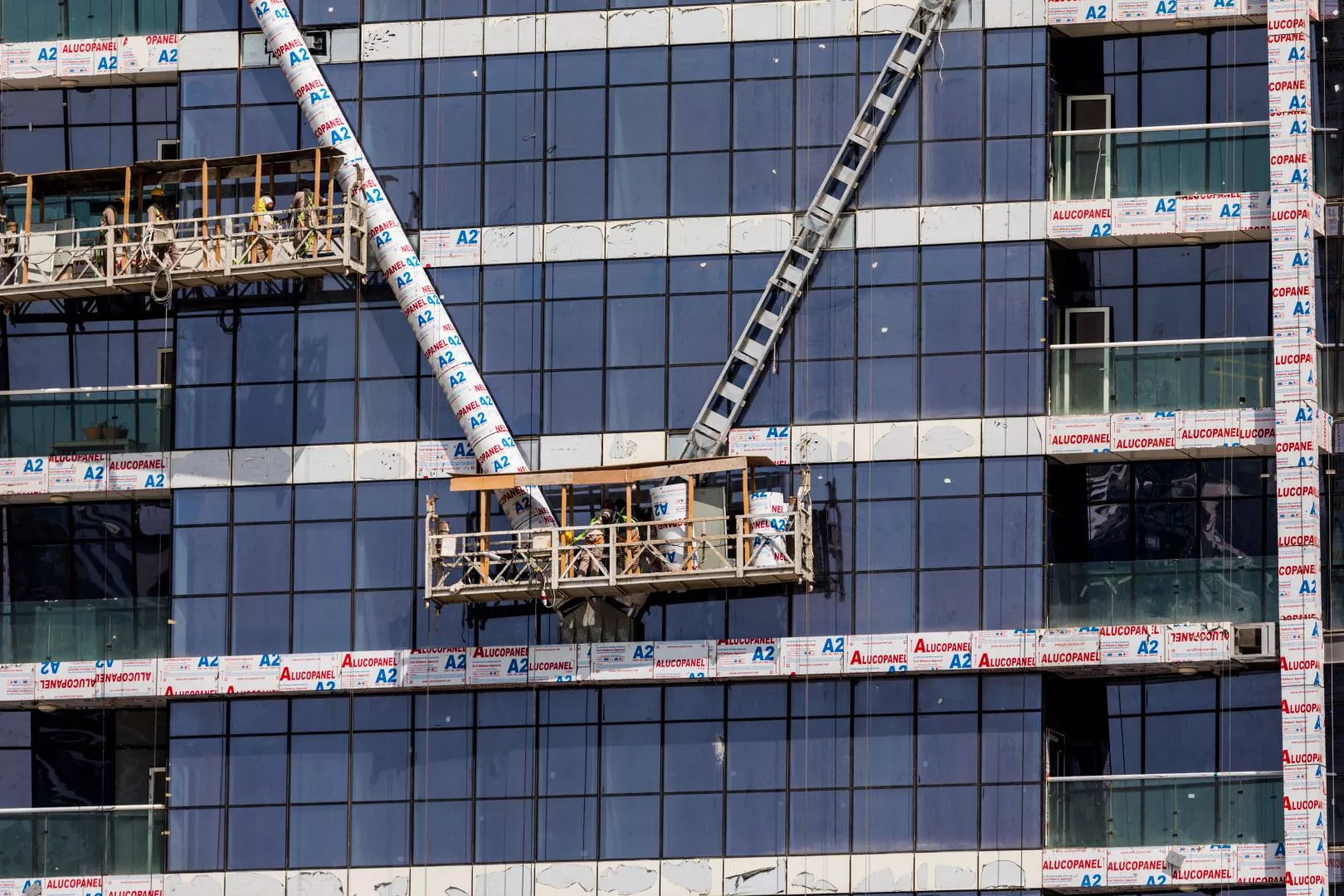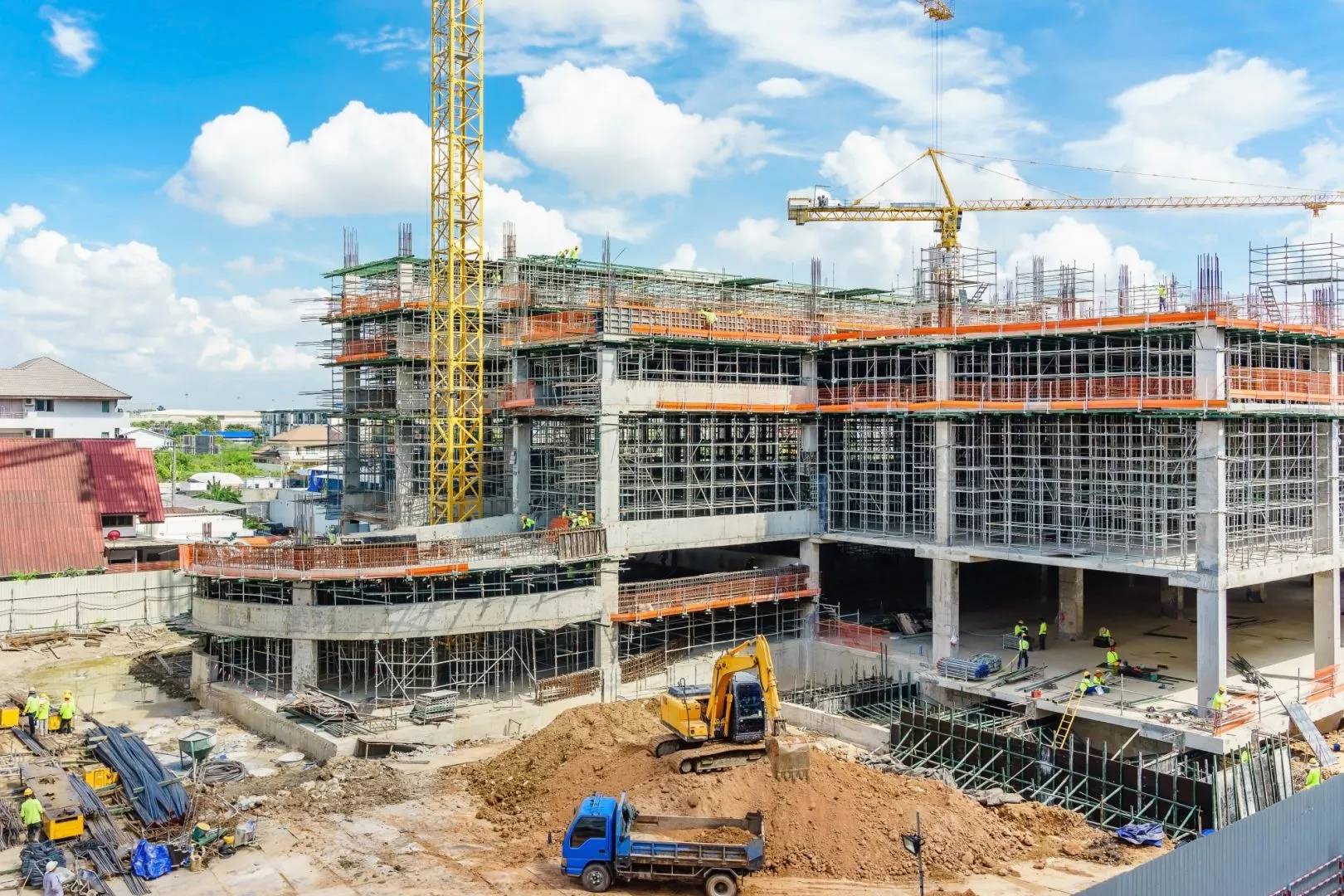What are the different types of scaffolding in construction? From traditional tube and coupler systems to modern mobile scaffolds, discover the right solution for your project's unique needs. Learn about the advantages, applications, and safety considerations associated with each scaffolding type.
Importance Of Scaffolding In Construction
Scaffolding is a fundamental component of any building venture. This is due to its purpose of providing construction workers with a secure, elevated platform to perform diverse tasks at various heights, significantly enhancing safety levels and task performance. The multiple forms of scaffolding cater to the specific requirements of different projects, offering adaptability and a range of options for construction work.
The key role of scaffolding is to act as a supportive structure, offering stability and safeguarding workers who are working at high elevations. Workers carry out their tasks on these scaffolding platforms, typically constructed from robust materials such as steel for lasting durability.
The design and construction of the entire scaffold structure adhere to strict standards aimed at ensuring the utmost worker safety. Additionally, scaffolding is instrumental in facilitating the easy movement of both workers and materials around construction sites. As these projects often extend to considerable heights, moving around can prove tricky.
Scaffolding aids in overcoming this barrier, offering a mechanism for efficient and fast progression of work. With the aid of scaffolding, workers can quickly access and work on sections that would have been difficult to reach otherwise. In addition, scaffolding can greatly enhance efficiency within construction sites, making it a cost-effective solution. It allows workers to perform many tasks concurrently, thereby speeding up project timelines and contributing towards work productivity.
Single-Frame Scaffolding
Single-frame scaffolding is a prevalent type of scaffolding used extensively in various construction projects. It's also commonly referred to as bricklayer's scaffolding because it provides a safe and sturdy platform for bricklayers to work from when constructing building walls.
As they progress, the scaffolding can be adjusted in height to meet the needs of the ongoing project, making it a highly adaptable and invaluable component within construction. This type of scaffolding is typically constructed of steel or timber, materials chosen for their strength and durability.

The scaffolding comprises three primary components that come together to form a robust structure: the standards, ledgers, and braces. The standards, which are a major pillar of the scaffolding system, are securely fixed into the group, thus providing a reliable base for the whole structure.
The standards essentially act as a backbone of the scaffolding, furnishing it with the capability to support considerable weight. Simultaneously, the ledgers run in a direction parallel to the building's wall, lending additional support to the scaffolding system. They are effectively horizontal members that connect the standards, providing a platform upon which workers can safely stand and move about.
Additionally, the scaffold structure is further fortified by braces, which are usually made from robust steel tubes. Set diagonally across the ledgers, they play an essential role in ensuring the scaffolding's structural integrity by adding considerable strength, thereby ensuring the security and safety of those using the scaffolding.
The assembly process of this type of scaffolding involves setting up the scaffolding alongside the building wall. To securely anchor the scaffolding to the wall, holes are drilled at regular intervals, ensuring a properly secured and safe structure.
One of the leading advantages of single-frame scaffolding is its cost-effectiveness. It's an economical solution that also offers simplicity in its assembly, saving time and resources. Moreover, it's particularly suitable for projects like painting or minor repairs that require workers to operate closely to the wall, as it provides a stable working platform at heights that would otherwise be hard to reach.
Double-Frame (or Double-Layer) Scaffolding
Double-frame scaffolding, often referred to as mason's scaffolding, is a commonly preferred type in the world of construction. If you look closely, you'll find an uncanny resemblance between double and single-frame scaffolding.
To recognise a double-frame scaffolding, look for a configuration of two rows of standards - the vertical components are often made of steel or timber. The outer row distance is typically about 1.2 metres away from the wall, which provides plenty of space for movement. In contrast, the inner row is situated at a much closer distance, about 0.15 metres, from the wall.
But, what bonds these two rows together? Well, they are interconnected using components known as ledgers and braces. This firm connection results in a solid and robust scaffold structure capable of supporting a considerable amount of weight.
So, you may ask, where do we usually find this type of scaffolding? Double-frame scaffolding is a common sight on large-scale construction projects. It offers greater capacity for accommodating more workers and materials. Hence, it becomes the ideal choice for projects demanding more manpower or for situations where bulky and heavy loads need to be lifted. In conclusion, while constructing a building, always remember to select the right scaffolding that meets your project's needs.

Cantilever Scaffolding
Cantilever scaffolding, a method commonly invoked in construction, is typically affixed to the wall of a building with the use of needles. These needles are essentially long steel tubes, providing the necessary support for the scaffolding structure.
Following this, putlogs are inserted into existing holes in the wall to lend even more support to the structure. On this framework, a platform is constructed. This platform is designed to ensure workers can safely carry out their duties. The usage of this specific type of scaffolding often comes into play when traditional scaffolding cannot be erected due to unsound ground conditions, or when the construction site is located over a busy road, heavy machinery, or any other obstacle which cannot be disrupted or moved.
Essentially, in situations where it's impractical or impossible to create a secure setup from the ground up, cantilever scaffolding proves to be a useful alternative. One of the most significant advantages of using cantilever scaffolding is the ease with which it can be adjusted.
As construction progresses upwards, this scaffolding can be simply and rapidly altered to cater to the ascending work height. This provides a safe, efficient access solution for workers, allowing for the continuation of the construction work without unnecessary interruptions.
Suspended Scaffolding
Suspended scaffolding, as its name hints, is a form of scaffolding that is hung from the roof of a structure or building. This kind of scaffolding is typically employed for jobs like window washing, painting, and other types of repair tasks which necessitate reaching the upper parts of a building.
The core structure of the scaffolding is composed of a platform that is supported and hinged onto either wire ropes or chains. This mechanism enables the platform to be smoothly elevated or lowered to access various differing heights depending on the tasks at hand.

Because of their adaptability and straightforward set-up, these types of suspended scaffolds can be tailored suitably for an array of diverse jobs. Nevertheless, employing such scaffolding warrants stringent safety regulations due to the high-risk nature of the job. Workers are required to carry out their tasks at significant heights, with the void beneath them highlighting the absence of a safety net should anything untoward happen.
Therefore, it is pivotal that the wire ropes, chains, and all other key components of the suspended scaffolds are meticulously inspected and maintained on a regular basis. The main purpose of these inspections is to affirm that they are robust and safe, thereby ensuring the well-being of the workers.
Each component including the ropes, chains, and platforms must display an optimum level of strength to bear the weight and pressures of the tasks being performed. This in turn will help prevent any unfortunate accidents or injuries. More importantly, this also assures that your operations are conducted in line with the proper safety guidelines and protocols.
Overall, whilst suspended scaffolding provides immense practicality and ease for a variety of tasks that require attention to structures at great heights, the need for proper inspection and maintenance of all its components for the sake of safety cannot be stressed enough.
Scaffolding Services Near Me
Are you looking for scaffolding services in Poole, Dorset and the surrounding areas? Follow the links below to get a quotation.

